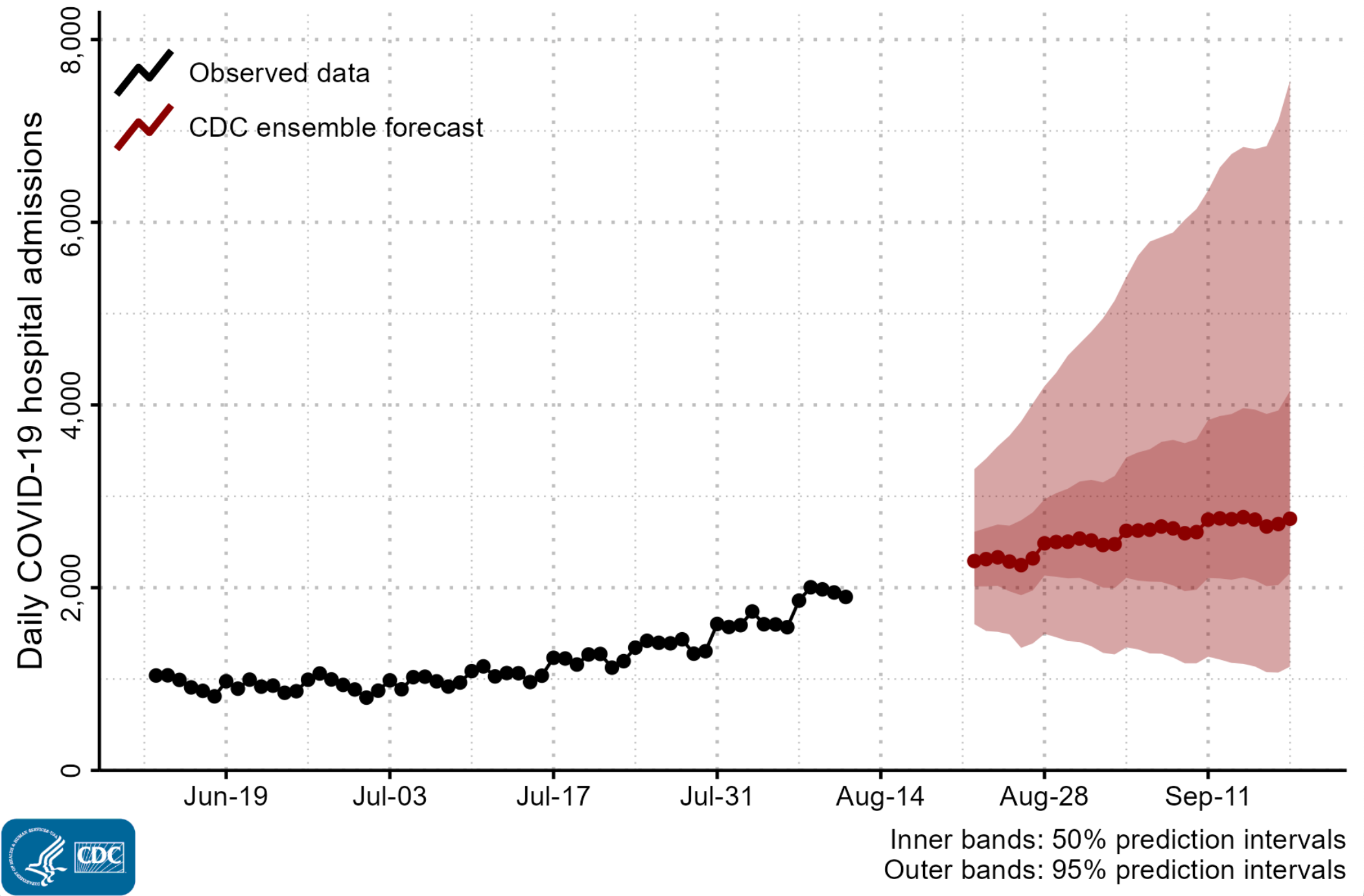Ohio is third state to report worrying new Covid strain
Scientists are concerned about BA2. 86, also known as the ‘Pirola’ strain, due to its high number of genetic variants

Your support helps us to tell the story
From reproductive rights to climate change to Big Tech, The Independent is on the ground when the story is developing. Whether it's investigating the financials of Elon Musk's pro-Trump PAC or producing our latest documentary, 'The A Word', which shines a light on the American women fighting for reproductive rights, we know how important it is to parse out the facts from the messaging.
At such a critical moment in US history, we need reporters on the ground. Your donation allows us to keep sending journalists to speak to both sides of the story.
The Independent is trusted by Americans across the entire political spectrum. And unlike many other quality news outlets, we choose not to lock Americans out of our reporting and analysis with paywalls. We believe quality journalism should be available to everyone, paid for by those who can afford it.
Your support makes all the difference.A virulent new Covid-19 strain has been detected in wastewater testing in Ohio, the third state to report the vaccine-resistant variant.
Experts are keeping a close eye on the BA.2.86 variant due to its potential to infect people who have previously had Covid or received vaccines, the Centers for Disease Control and Prevention (CDC) said in a risk assessment released on Wednesday.
The CDC said it was too early to determine whether BA.2 86, also known as the “Pirola” variant, may cause more severe illness than previous strains, but was concerned due to the large number of genetic mutations compared to previous ones.
Further testing is required to confirm whether the variant is Pirola, the CDC said.
The discovery came as new Covid hospitalisations leapt by 21.6 per cent this week, with an estimated 2,000 Americans requiring specialist care per day, according to figures released by the CDC this week.
The public health agency is projecting hospitalisations to accelerate markedly in the coming weeks, and has replaced a previous forecast that admissions would remain stable.
Positive test rates nearly doubled between July and August, and death rates, while still low, increased eight per cent in the most recent week that data is available, the CDC said.
The positive BA.2 86 sample was picked up in routine monitoring of the National Wastewater Surveillance System, after previously being found in patients in Michigan and Virginia.

The Michigan positive case was found in a woman who had recently returned from a trip to Japan, and was picked up by the CDC’s genomic surveillance of travellers.
Nine sequences of the new variant have been detected globally, according to the CDC.
Three cases were reported in Denmark, two in South Africa, one each in the United Kingdom and Israel, and two in the US. It has also been detected in wastewater in Switzerland.
So far, Covid symptoms have been mild in the positive BA.2 86 cases, health authorities said.
BA.2.86’s genetic sequence has 30 differences from BA.2, which was the dominant Omicron strain in 2022.
“The large number of mutations in this variant raises concerns of greater escape from existing immunity from vaccines and previous infections compared with other recent variants,” the CDC said in a statement.
It is believed that available treatments such as Paxlovid and Lagevrio will be effective against the strain.
The increase in Covid hospitalistions is being driven by the EG. 5 strain, and the true spread of BA.2 86 will likely become apparent in the coming weeks due to the lag in reporting.
Pfizer and Moderna are expected to roll out updated vaccines that will be effective against recent strains in October.



Join our commenting forum
Join thought-provoking conversations, follow other Independent readers and see their replies
Comments